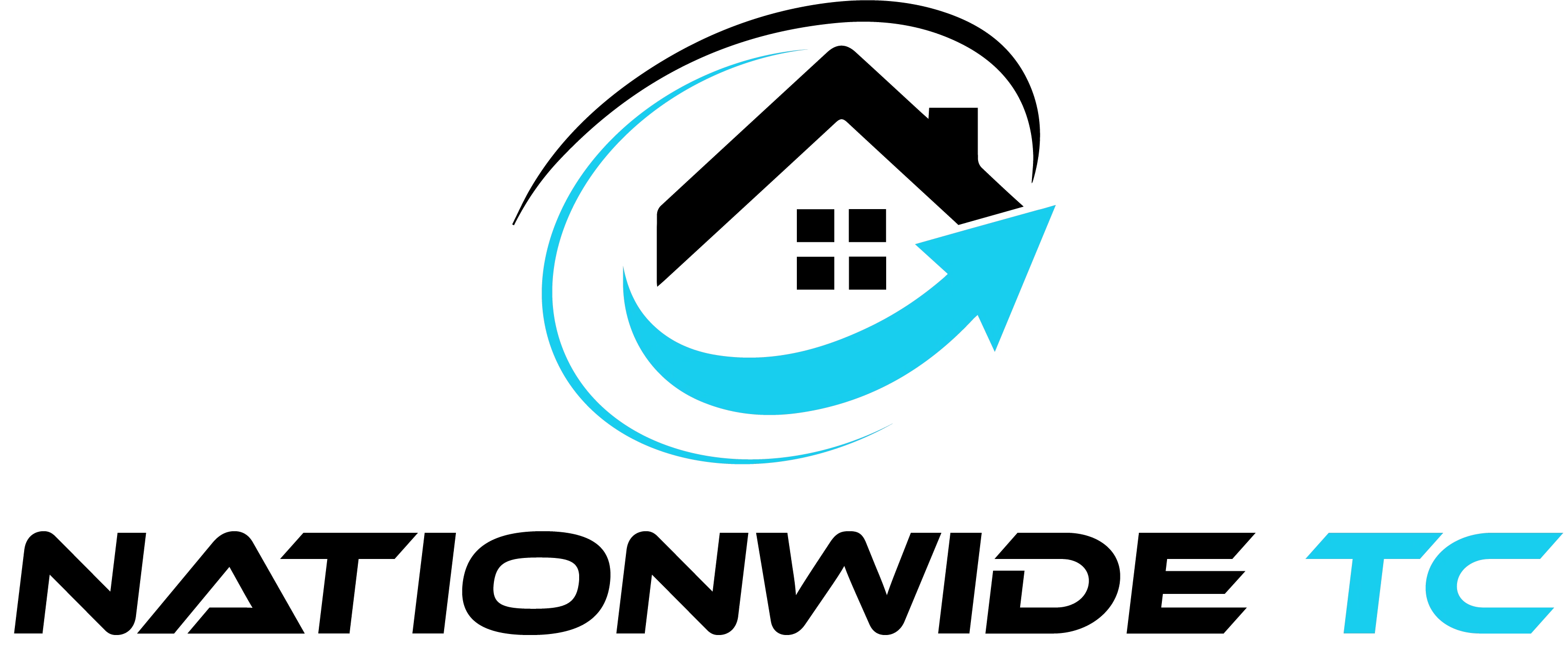No products in the cart.

Can You Refinance a Property Purchased Sub-to?
When you purchase a property using a “Subto” strategy, you might wonder if refinancing is an option. Refinancing can be a useful tool for real estate investors, as it allows them to access equity or reduce interest rates. However, refinancing a property purchased Subto is different from traditional purchases. In this blog, we will explore how refinancing works for Subto properties and the factors you need to consider.
What Does “Subto” Mean in Real Estate?
Subto is short for “Subject To.” This term refers to a creative financing strategy where an investor purchases a property “subject to” the existing mortgage. In this case, the seller transfers the property to the buyer without the buyer assuming the mortgage. The buyer takes over the existing loan payments, but the original mortgage stays in the seller’s name.
This strategy can be attractive to investors because it allows them to acquire properties without needing to qualify for new financing. Additionally, Subto allows investors to potentially take advantage of lower interest rates and avoid costly closing fees. However, when it comes to refinancing, there are certain challenges and considerations to keep in mind.
Can You Refinance a Property Purchased Subto?
Yes, it is possible to refinance a property purchased by Subto. However, refinancing in this situation comes with unique challenges. Since the original mortgage remains in the seller’s name, the lender may view the transaction differently from a typical refinance.
One key factor to consider is the due-on-sale clause in most mortgage agreements. This clause allows the lender to call the full loan balance due if the property is transferred to another party. While this clause can complicate things, it does not automatically prevent refinancing. You can still refinance, but you may need to address the lender’s concerns about the due-on-sale clause.
Why Would You Want to Refinance a Subto Property?
There are several reasons why you might want to refinance a property purchased Subto. First, refinancing can help you secure a lower interest rate, which could reduce your monthly payments. If the property has appreciated in value, you may also be able to access equity through a cash-out refinance.
Another reason to refinance is to consolidate debt. If you have multiple loans associated with the property, refinancing may allow you to combine them into one loan, simplifying your payments. Furthermore, refinancing can help you transition from an adjustable-rate mortgage (ARM) to a fixed-rate mortgage, providing more stability for your payments.
Challenges of Refinancing a Property Purchased Subto
While refinancing a Subto property is possible, several challenges exist. One of the main obstacles is the due-on-sale clause mentioned earlier. If the lender becomes aware of the transfer, they may exercise this clause and demand full payment of the loan balance. This could result in a significant financial burden.
Additionally, lenders may be hesitant to refinance a property that was purchased using creative financing strategies. They may view the transaction as riskier than a traditional purchase, which could lead to higher interest rates or difficulty securing approval.
The Due-on-Sale Clause and Its Impact on Refinancing
The due-on-sale clause is one of the most significant hurdles when refinancing a Subto property. When you acquire a property Subto, you are not technically assuming the mortgage. Instead, you are agreeing to make the payments on the existing loan. This can raise concerns for lenders who may view the transfer as a violation of the loan agreement.
In some cases, the lender may not notice the transfer right away. However, if they discover the property has been transferred, they could invoke the due-on-sale clause. This could make refinancing more complicated, as you may need to pay off the original mortgage before proceeding with a new loan.
To avoid triggering the due-on-sale clause, some investors use strategies to keep the transfer under the radar. For example, they may not notify the lender of the property transfer. However, this is a risky move, as the lender could eventually find out and call the loan due. Always consult with a real estate attorney to understand the potential legal implications of the due-on-sale clause.
How to Refinance a Property Purchased Subto
If you decide to refinance a Subto property, there are several steps you will need to follow. First, you should assess the current market conditions and your financial situation. Determine whether refinancing makes sense for your investment goals.
Next, you should research lenders who are willing to refinance Subto properties. Not all lenders are open to this type of transaction, so it’s essential to find one who understands creative financing strategies. Be prepared to explain the details of your Subto purchase and demonstrate that the property is a sound investment.
Once you have identified a suitable lender, you will need to provide documentation of the property’s value, your income, and any other relevant financial information. The lender will review this information and determine whether you qualify for refinancing.
If you are successful in securing refinancing, you can use the new loan to pay off the original mortgage or consolidate debt. Be sure to carefully review the terms of the refinance, including interest rates, fees, and the loan’s duration.
Subto vs. Traditional Financing: Key Differences
When refinancing a Subto property, it’s helpful to understand the key differences between Subto and traditional financing. In a traditional mortgage, the buyer assumes the loan, and the lender has full control over the mortgage terms. However, with Subto, the original seller retains responsibility for the loan, even though the buyer is making the payments.
In a traditional refinance, the buyer works with a lender to secure a new mortgage. This process typically involves qualifying for a loan based on the buyer’s credit, income, and the value of the property. On the other hand, refinancing a Subto property may require additional steps, such as addressing the due-on-sale clause and explaining the unconventional purchase method to the lender.
Another key difference is that Subto properties may be more difficult to refinance due to the lender’s reluctance to approve loans for properties purchased through creative financing methods. Traditional financing, on the other hand, is generally more straightforward, provided the buyer meets the necessary qualifications.
Subto and the Importance of Property Value
When refinancing any property, including Subto properties, the value of the property plays a crucial role. Lenders will typically require an appraisal to determine the current market value of the property. If the property has appreciated significantly since the purchase, this could provide an opportunity for a cash-out refinance.
In the case of Subto properties, it’s especially important to ensure that the property’s value is accurately reflected. If the value is lower than expected, refinancing could become more difficult. This is why many investors focus on properties with significant potential for appreciation before using the Subto strategy.
Pros and Cons of Refinancing a Subto Property
Refinancing a Subto property offers both advantages and disadvantages. One of the main benefits is the potential for lower monthly payments, especially if you secure a lower interest rate. Additionally, refinancing could provide access to equity if the property’s value has increased.
However, there are risks involved. The most significant risk is the potential for the lender to call the due-on-sale clause, which could result in the full loan balance being due. Additionally, finding a lender willing to refinance a Subto property may be challenging, and you could face higher interest rates due to the perceived risk.
Conclusion: Is Refinancing a Subto Property Worth It?
Refinancing a property purchased Subto is possible, but it comes with unique challenges. Understanding the risks associated with the due-on-sale clause and finding a lender willing to work with Subto properties are crucial steps in the process. However, if you can successfully refinance, it could provide significant financial benefits, such as lower payments or access to equity.
As with any investment strategy, it’s important to weigh the pros and cons before moving forward. Always consult with professionals, such as real estate attorneys and mortgage brokers, to ensure you’re making informed decisions. Refinancing a Subto property may require extra effort, but it can be a powerful tool for real estate investors looking to maximize their returns.
Click Here to Learn More About Subject-To Creative Finance!
Click Here to Learn More About Our Subject-To Services!
Book a Free 15 Minute Call Today and Find Out More About Our Services!











